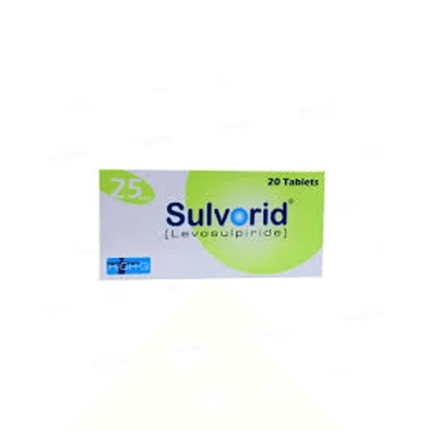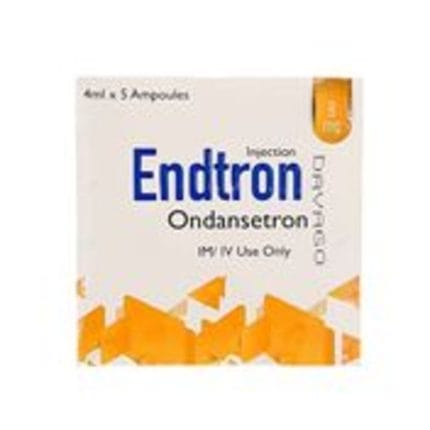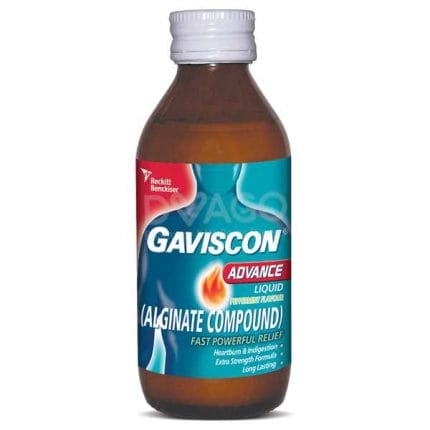Requires Prescription: Yes
Generics: Ondansetron
Used For: Nausea & Vomiting
How It Works:
Ondansetron is a selective antagonist of the 5-HT3 serotonin receptor subtype. Its exact mechanism for controlling chemotherapy-induced nausea and vomiting is not fully understood. It is believed to work by blocking serotonin (5-HT) receptors involved in the vomiting reflex triggered by serotonin release from enterochromaffin cells in the small intestine during chemotherapy or radiotherapy. Ondansetron may also influence serotonin levels in the central nervous system, though its exact action in postoperative nausea and vomiting is not clearly defined.
Dosage: Follow the dosing instructions provided for ondansetron.
Side Effects:
Chemotherapy-Induced Nausea and Vomiting: Diarrhea, headache, fever, constipation, rash. Rare cases include angina, ECG changes, hypotension, tachycardia, QT prolongation, ST segment depression, bradycardia, transient liver enzyme elevations, neurological issues such as seizures or extrapyramidal reactions, and hypokalemia.
Postoperative Nausea and Vomiting: Headache, drowsiness, injection site reactions, fever, cold sensation, pruritus, paresthesia. Rare cases include pain, redness, burning at the injection site, hiccups, urticaria, Stevens-Johnson syndrome, toxic epidermal necrolysis, transient blindness, oculogyric crisis, and dizziness.
Drug Interactions:
Cytochrome P-450 Enzyme Modifiers: Apomorphine, phenytoin, carbamazepine, rifampin
Serotonergic Drugs: Tramadol
Chemotherapy Agents: Carmustine, etoposide, cisplatin
Others: Temazepam, alfentanil, atracurium
Indication:
For the prevention of nausea and vomiting associated with initial and repeat courses of emetogenic cancer chemotherapy.
When Not to Use:
Ondansetron is contraindicated in patients with known hypersensitivity to the drug or any of its components. It should not be used with apomorphine due to the risk of profound hypotension and loss of consciousness.
Precautions:
Patients with a history of hypersensitivity to other 5-HT3 receptor antagonists may experience similar reactions.
Warnings:
Ondansetron can prolong the QT interval in a dose-dependent manner. Avoid use in patients with congenital long QT syndrome. ECG monitoring is recommended for patients with electrolyte imbalances (e.g., hypokalemia, hypomagnesemia), congestive heart failure, bradyarrhythmias, or those on other QT-prolonging medications.
Ondansetron may mask symptoms of progressive ileus and gastric distention in patients after abdominal surgery or those with chemotherapy-induced nausea and vomiting.
Ondansetron does not stimulate gastric or intestinal peristalsis and should not be used as a substitute for nasogastric suction.
Additional Information:
Pregnancy Category: Consult your physician before using this medication during pregnancy.






















Reviews
There are no reviews yet.